Votre panier est vide !
La prévisualisation du panier, ne peut pas fonctionner sans Javascript d'activé !
Clearly visible to the naked eye once it is close enough to Earth, Mars piques our curiosity and sparks our imagination more than any other planet in our Solar System. The Red Planet can be observed every two years—and will be making an appearance in the night sky this summer!
Explore the surface of the planet Mars with this 3D visual representation (left-click to move around the planet and use the scroll wheel to zoom in). Credit: NASA Visualization Technology Applications and Development (VTAD)
Every so often, Mars can be easily seen with the naked eye. When it’s close to Earth, the planet shines with a bright reddish glow, which has led it to being named after the Roman god of war (Ares for the Greeks, Mars for the Romans). This characteristic color is the result of a strong presence of iron oxide in the Martian soil—otherwise known as rust! Today, the planet is enthusiastically observed by amateur and professional astronomers alike, and the images captured by scientific probes have long captivated the public. This summer 2020, several probes have set off to continue exploration of this incredible planet. As the closest celestial body to Earth after the Moon and Venus, Mars has been nominated as a potential place where human beings could eventually settle… Definitely enough to spark the imagination!
Mars Fact Sheet:
Terrestrial planet with a thin atmosphere
Fourth planet from the Sun
Distance to the Sun : 128 to 155 miles (207 to 249 million km)
Diameter: 4,212 miles (6,794 km) …1/2 times that of Earth!
Revolution period: 687 days
Rotation period: 24 hours, 37 min
Observing Mars in prime conditions is a must, since its distance from Earth varies greatly—from 34 to 248 million miles (56 to 400 million km)! The best time to view the planet is when it is in opposition, meaning it is at the opposite side of the Sun from Earth. This happens every two years. Mars is then visible from sunset to sunrise and reaches its highest point in the sky in the middle of the night.
This time is also when the planet is closest to Earth (within a few days), which means its apparent diameter is the largest and therefore in prime observation conditions. However, this minimum distance can vary from 34 to 62 million miles (56 to 101 million kilometers) depending on the opposition! It varies because of the Red Planet’s elliptical orbit and revolution periods of both Mars and Earth, which means that the opposition does not always occur where the two orbits are closest.
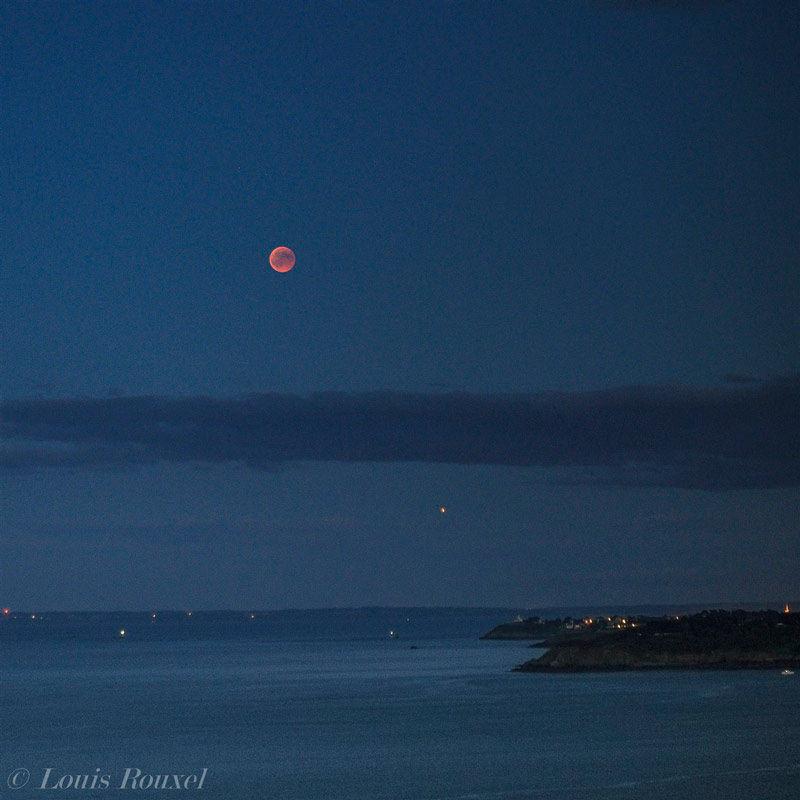
In 2020, Mars will be in opposition on October 13th. For mid-northern latitudes, its height will reach about 50 degrees above the horizon, which means conditions will be great for checking out its surface details! Mars is a very bright planet and has a magnitude of -2.6 when in opposition.
It will be closest to Earth on October 6th, 2020. At this time, the planet will be 37.32 million miles (60.07 million km) away from us and 22.6 arcseconds in visible diameter in the shape of a disk.
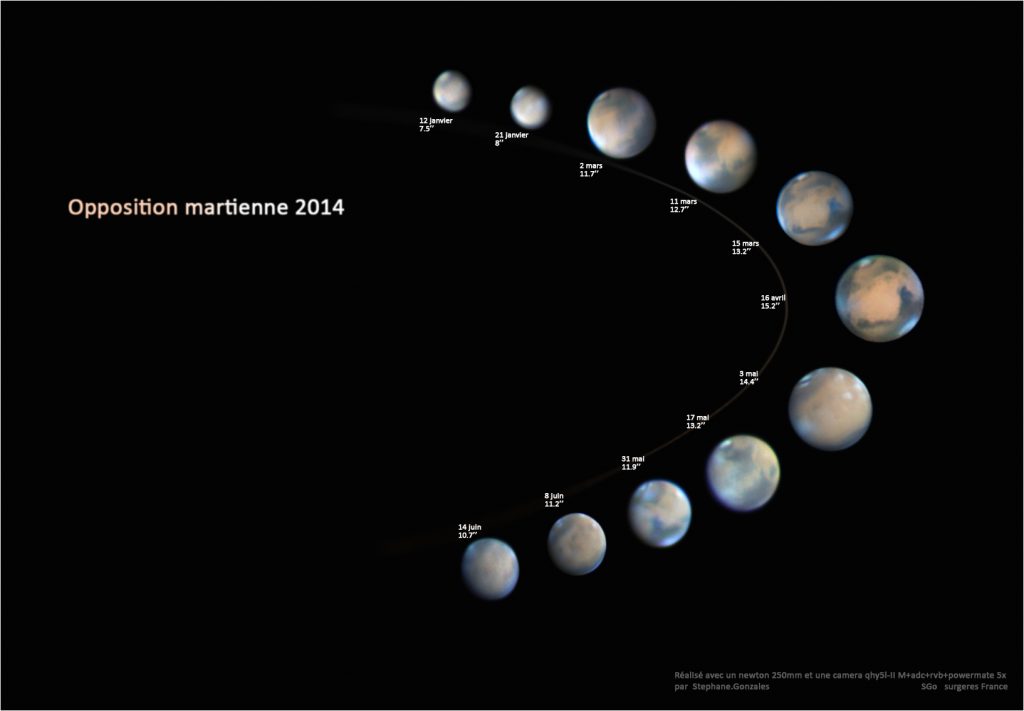
The distance between Mars and Earth in 2020 has slightly increased, so its apparent diameter is a bit smaller than it was two years ago. 2018 was prime time for opposition, since Mars was only 35.85 million miles (57.7 million km) away from Earth—the smallest since 2003! And it won’t happen again until 2035. However, in 2018, the Red Planet was relatively low on mid-northern latitudes, so there’s upsides and downsides to any situation.
Mars looks like a bright, reddish star, which makes it easy to point out if you just know where to look. In 2020, the planet is found in the constellation Pisces.
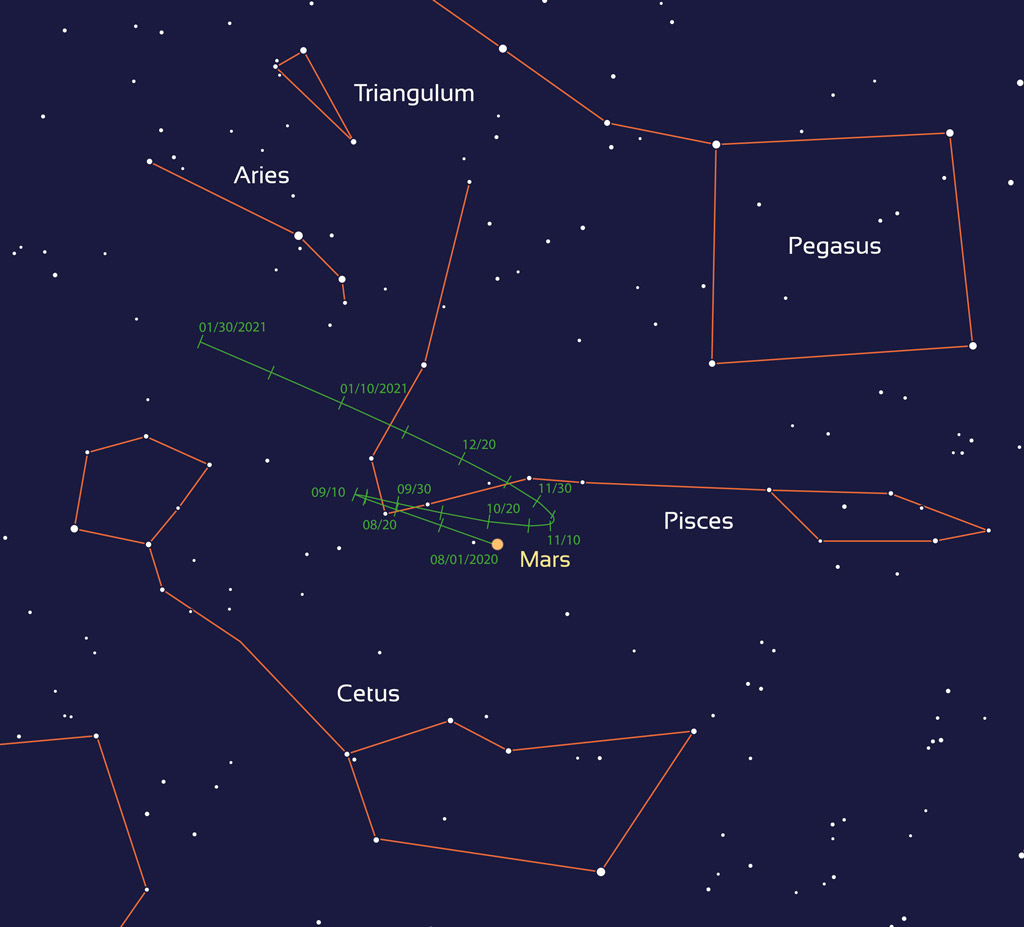
And of course, you can also Mars’ exact position on the Stelvision sky map online.
Since Mars is easy to see with the naked eye, it’ll be good to know when this incredible planet is in conjunction with other members of our Solar System. Unfortunately, the second half of 2020 does not offer any great opportunities when it comes to the conjunction of Mars with other planets. However, there will be many interesting periods of conjunction between Mars and the Moon. (Please note that these dates apply only to North and South America, as the distance between these two celestial bodies varies according to different time zones around the world).
In the middle of the night on August 8th to the 9th, 2020, the slightly gibbous Moon rises at the same time as Mars. The two stars are less than 2 degrees apart and this distance gradually decreases to about 1 degree at the end of the night.
On September 6th, 2020, the Moon pairs up with Mars as they rise together in the evening, with less than 0.5 degrees apart! This is the closest the Moon and Mars will come together throughout all of 2020.
On the night of October 2nd to the 3rd, 2020, Mars and the nearly full Moon rise again together. During this time, the two stars will be about 1.5 degrees apart and remain close together throughout the night. They’ll only draw slightly apart just before dawn breaks (3 degrees).
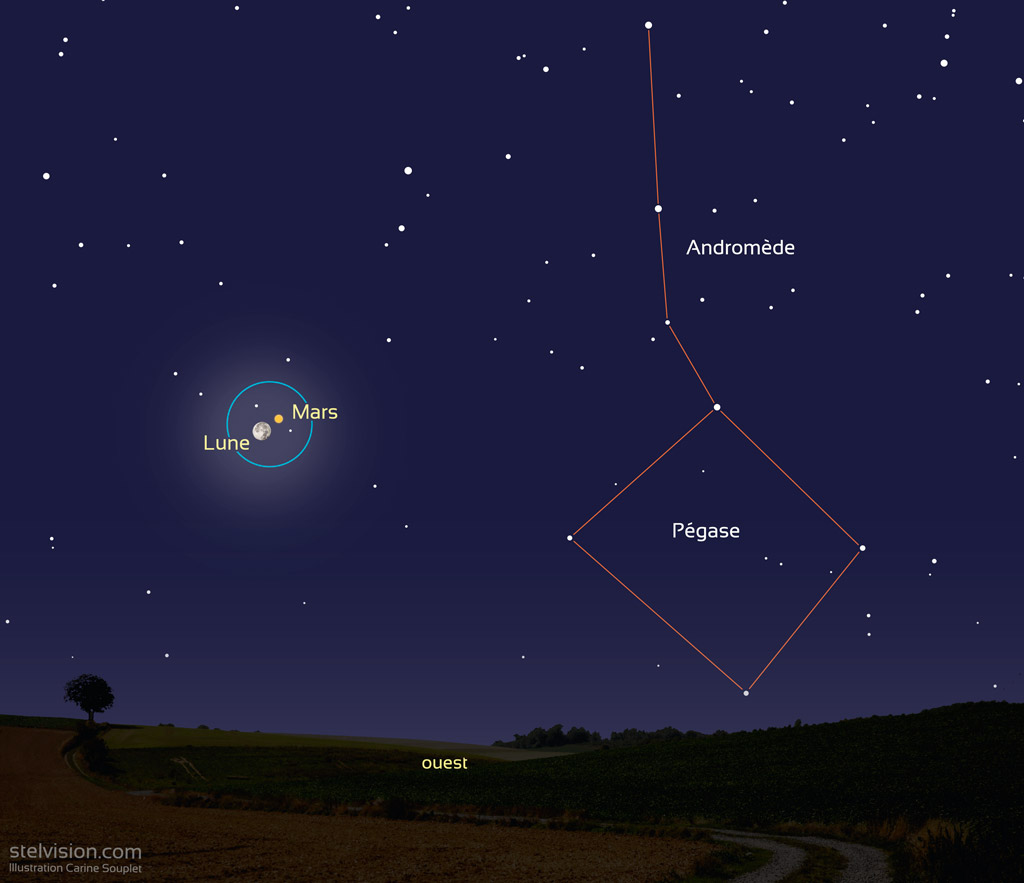
Mars’ brightness during this time makes it possible for us to see the planet even when in the presence of the Moon. And while these conjunctions are already an extraordinary sight to the naked eye, you can use binoculars to observe both stars side by side thanks to their close field of vision.
If you are patient and persistent, you’ll eventually see some of the incredible details that Mars has to offer. But don’t forget to:

An amateur telescope will actually allow you to see certain details of the planet’s rocky ground. Large characteristic landforms can be seen and look like dark areas. One of these famous formations is Syrtis Major, which owes its color to basaltic rocks that have formed from volcanic activity. Yet other areas are clear, like the Hellas Planitia impact crater, because of the dust raised by the Martian winds.
The Red Planet also boasts large ice caps that can be found at each pole! You can see either the northern or southern ice caps during specific opposition periods, though their visibility also depends on Mars’ season and when you decide to observe (the ice caps are much larger in winter).
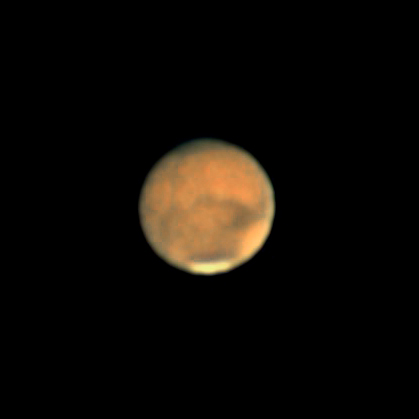
From August to December 2020, when it is best to observe Mars, the southern hemisphere of the planet will dominate our view. We’ll therefore be seeing its southern polar cap. During this time, the southern hemisphere shifts from spring to summer, so if you’re lucky enough to see the southern polar ice cap, you’ll notice it gradually shrink over the weeks.
The map below will help you identify some of Mars’ major landforms. If you observe Mars thoroughly and repeatedly, you should know that its rotation period is slightly longer than that of Earth. This means that every night, any given detail will be visible in the same place about 40 minutes later than the previous day. This also means that if you observe the planet every night at the same time for 36 days in a row, then you can observe its entire surface!
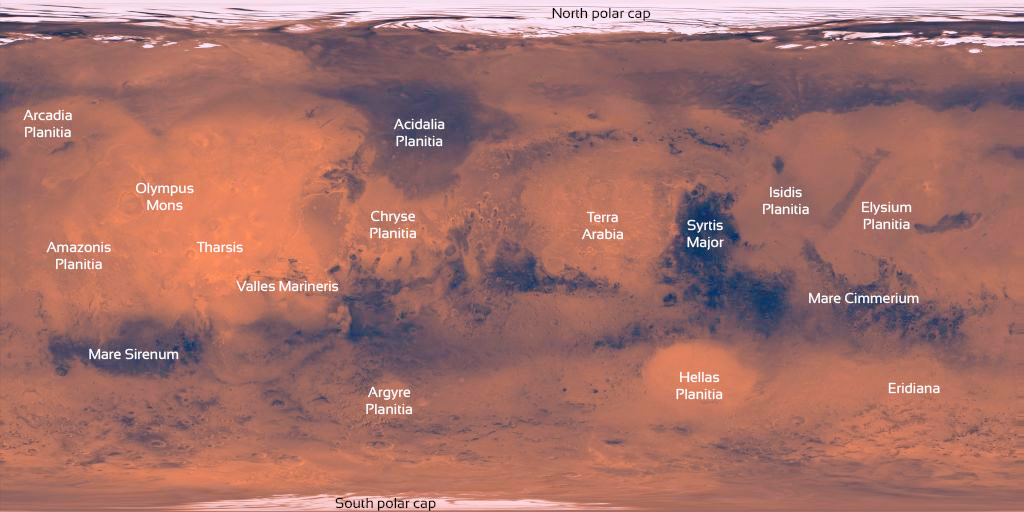
Written by Bertrand d’Armagnac and Carine Souplet – Updated July 30th, 2020 Translated by Natalie Worden
La TVA est calculée en fonction du pays de livraison, pour les pays de l’Union Européenne. À votre arrivée sur le site, nous nous efforçons de déterminer automatiquement votre pays mais cela ne fonctionne pas toujours. Vous pouvez préciser le pays de livraison sur la page “panier” ou lors de la finalisation de votre commande.
Nous avons mis à jour le prix TTC en fonction du taux de TVA applicable dans le pays de livraison
Pour une livraison hors Union Européenne, les prix indiqués sont hors taxes et hors droits de douanes éventuels. Des taxes et droits peuvent vous êtes réclamés à la livraison.
Nous vous invitons à consulter la réglementation propre à votre pays pour en connaître le montant, en fonction de la catégorie de produit concernée (livres, matériel optique etc.)